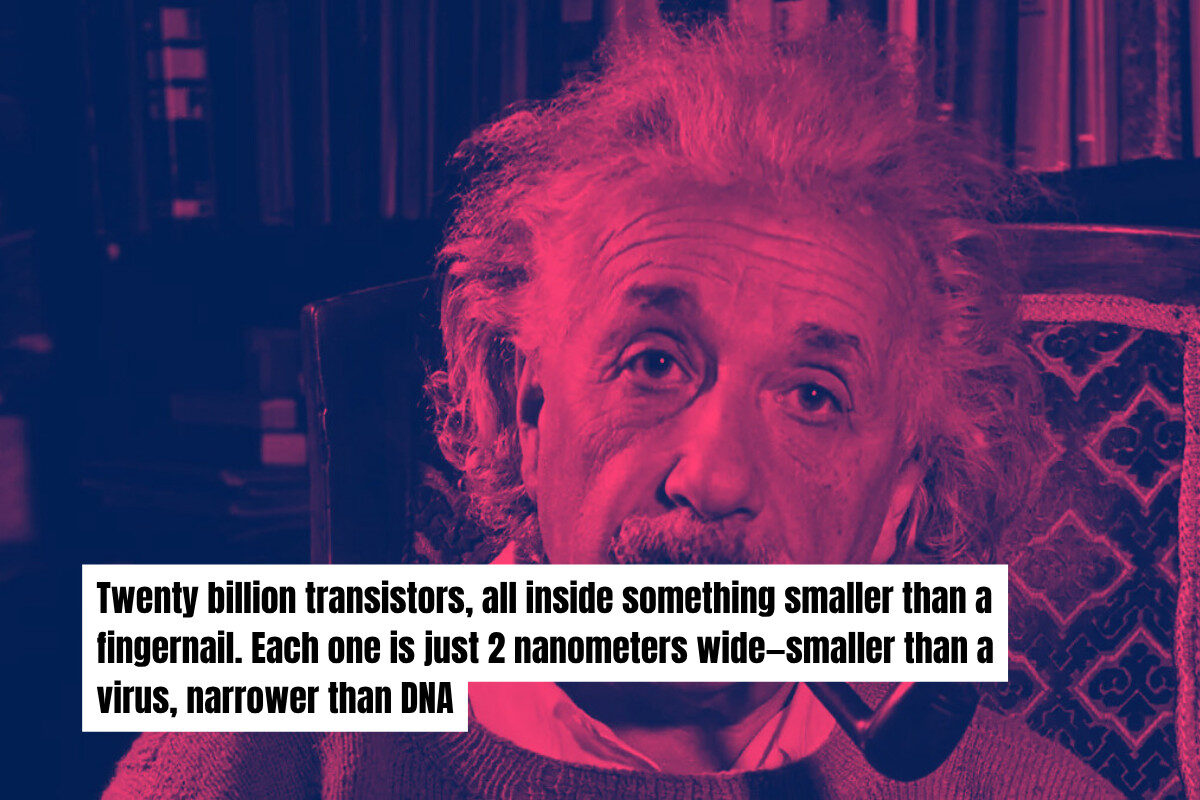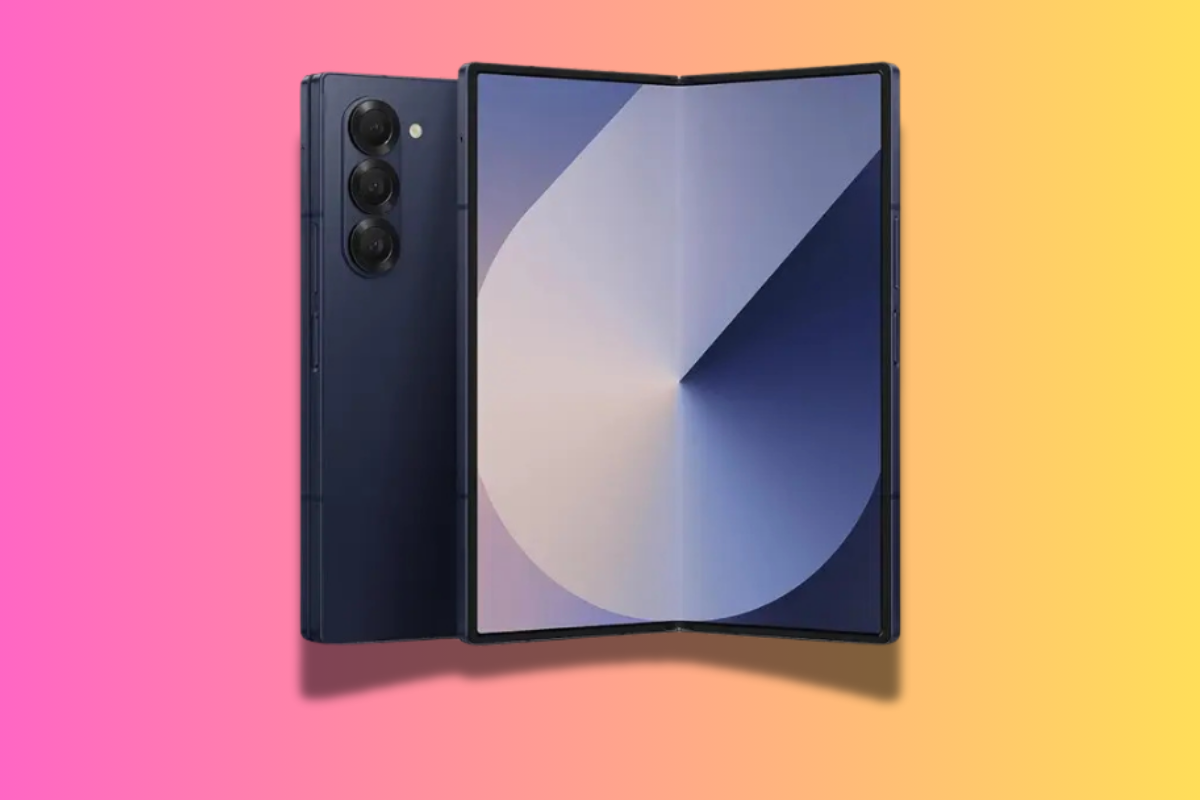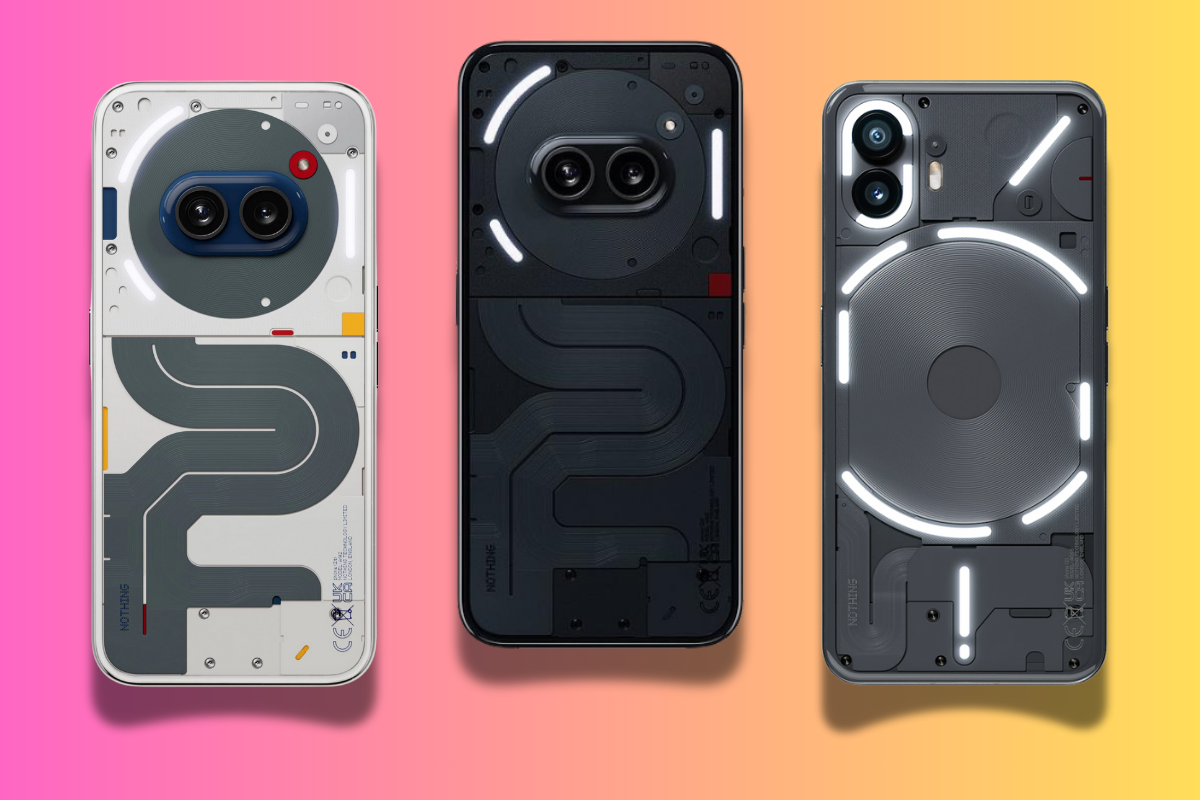You think you own a phone. What you actually carry around is a tiny slab of black magic—an object so packed with impossibility that, if you understood even half of what it’s doing right now, you’d either laugh out loud or quietly set it on fire.
This isn’t technology anymore. It’s sorcery disguised in anodized aluminum. Here’s what’s really happening inside your phone—and why it absolutely should not be possible.
The Technology Inside Your Phone’s SoC Breaks Physics In Many, Many Ways…

1. Transistors Smaller Than Death
Twenty billion transistors, all inside something smaller than a fingernail. Each one is just 2 nanometers wide—smaller than a virus, narrower than DNA. At this size, electrons don’t behave. They cheat. They “tunnel” through barriers like they’re ghosting the laws of physics. This isn’t computing. It’s quantum voodoo.
2. Atomic Time, In Your Pocket
Your GPS works because your phone contains atomic timekeeping accurate to one second every 100 million years. It counts the ticks of vibrating cesium atoms. You didn’t buy a phone—you bought a pocket-sized satellite observatory.
3. Laser Cannons and Tin Rain
To make these chips, manufacturers fire lasers at molten tin droplets—tin!—to create plasma hotter than the surface of the sun. Why? Because it’s the only way to etch circuits 13 atoms wide. Yes, atoms. This isn’t production—it’s controlled nuclear violence.
4. Data Moving Faster Than Thought
Your phone routes terabits of data every second using a microscopic Network-on-Chip, like a highway system made of dust and nightmares. It juggles over 100,000 signals without tripping. It’s not just fast; it’s inhuman.
5. Fighter Jets Wish They Were This Precise
The robotic arms that position wafers during chipmaking weigh more than a full-grown man but accelerate faster than an F-16. They align billions of transistors within a billionth of a meter, and they do it all day, every day. That’s not manufacturing—that’s surgical black ops on a subatomic level.
6. Your Selfies Are Quantum Art
Those juicy screen colors? They’re made by quantum dots—tiny particles that trap electrons and force them to emit perfect light. Each red, green, or blue pixel on your phone has millions of these engineered atoms performing synchronized light shows for your eyeballs.
7. The Chip That Thinks
Modern smartphone chips include neural processors that don’t just compute; they think. They mimic brain neurons using analog math, quietly chewing through AI tasks while burning less energy than a microwave clock. We’ve taught silicon to hallucinate, and we call it “Portrait Mode.”
8. Electrons That Don’t Obey
At this size, electrons stop acting like particles and start acting like waves. So chip designers now model ripple patterns, like drops in a pond, to make sure your phone doesn’t forget how to open Instagram.
9. Moore’s Law Is Dead—And Buried
They said we’d hit the wall. So chipmakers went vertical. Apple’s M4 chip stacks 28 billion transistors into a space smaller than a Tic Tac. That’s like engraving 7,000 copies of the Library of Congress on a single fingernail. Moore’s Law didn’t die; it was outwitted.
10. Quantum Privacy or Die Trying
Next-gen phones will carry quantum cryptography chips that use entangled photons: particles that react to each other instantly, even across space. This breaks the laws of physics, well, the classical kind, sending data faster than light.
If anyone tries to intercept your messages, the system knows. It doesn’t just stop the hack—it feels it. Orwell would’ve wept.
Final Thought
Your phone is not a tool. It’s not a gadget. It’s a Frankenstein miracle of physics, silicon, and sheer human defiance. It breaks the rules of time, space, and energy every time you open TikTok.
And we just… accept this. Like it’s normal.
If that doesn’t fry your neurons a little, check your pulse.
📲 Share this post if your phone just got a lot weirder.
Still Think Tech Is Boring?
Subscribe to The I/O, our no-BS tech newsletter. One email, once a week, filled with the facts you actually want to know. No hype, no fluff—just sharp insights, strange truths, and tech that’s way smarter than it has any right to be.



